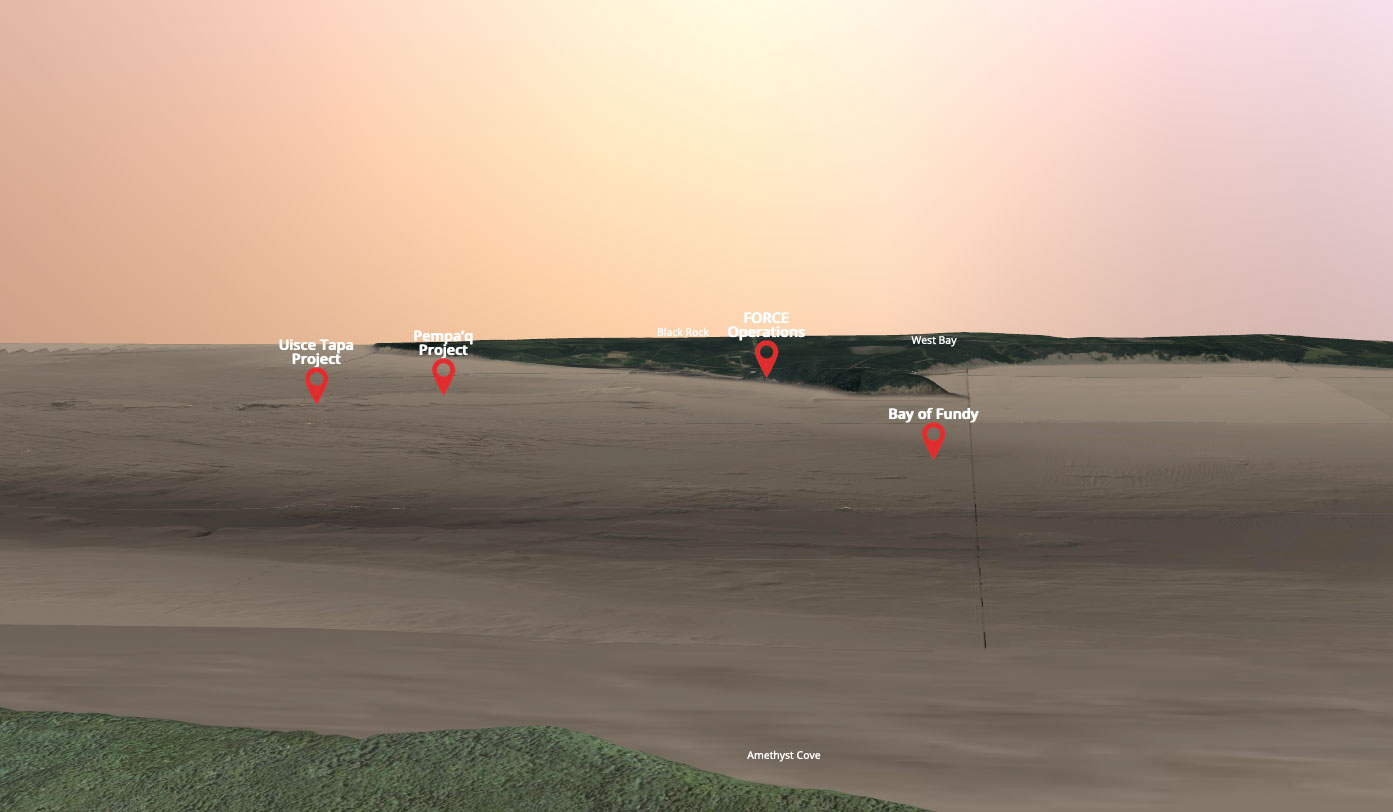Learning
Portal
- -
- -
- -
- -
- -

Tides
Learn MoreThe energy of the tide is a result of the Earth’s rotation combined with the gravitational pull of the moon and sun.
Together, they move the water in the world’s oceans back and forth.
By capturing the kinetic energy in this ebb and flow,the movement of water can be converted into a source of electricity. And that electricity is renewable: the forces of the sun, moon, and earth are not depleted by harnessing the flow of water.
Tidal power is also predictable. While wind and solar are also excellent sources of renewable electricity, they provide intermittent supply. By contrast, we can predict the movement of the tides today, tomorrow...and for the next 500 years to come.
Tidal Energy
Learn MoreEnergy can be harnessed from the tides in two ways: using the change in height of the tides (potential); and using the flow of the water (kinetic).
Tidal power is very sensitive to speed. The power output varies as the cube of the speed. In other words, if the water flows twice as fast, it makes eight times the power.
Also, tidal turbines do not have to spin as fast as windmills to generate power, because water is roughly 800 times more dense than air.
An in-stream tidal turbine, also called a tidal current turbine, works a lot like an underwater windmill. Instream technology is designed to use the flow of the tides to turn an impellor, just like a windmill uses the flow of air to turn its blades. Each turbine technology deals with this challenge differently, but each uses the rotation of a turbine to turn an electrical generator.
Environmental
Monitoring
Learn More
If in-stream tidal energy development is to grow to larger scale, it must be environmentally safe and sustainable.
FORCE is dedicated to working with many partners to better understand if in-stream tidal technology can play a role in Canada’s energy’s future.
Since 2009, FORCE has been conducting an environmental effects monitoring program (EEMP) to better understand the natural environment of the Minas Passage and the potential effects of turbines as related to fish, seabirds, marine mammals, lobster, marine noise, benthic habitat, and other environmental variables.
In 2012, FORCE began the Fundy Advanced Sensor Technology (FAST) program in an effort to enhance environmental data capture in extreme high flow environments.
FAST includes an array of underwater monitoring platforms that can connect to Ocean Networks Canada’s online data management system. The platforms use a variety of onboard sensing equipment to capture data for assessments of:
- Marine life activity
- Current speed and turbulence
- Water quality
- Ambient noise (includes marine species)